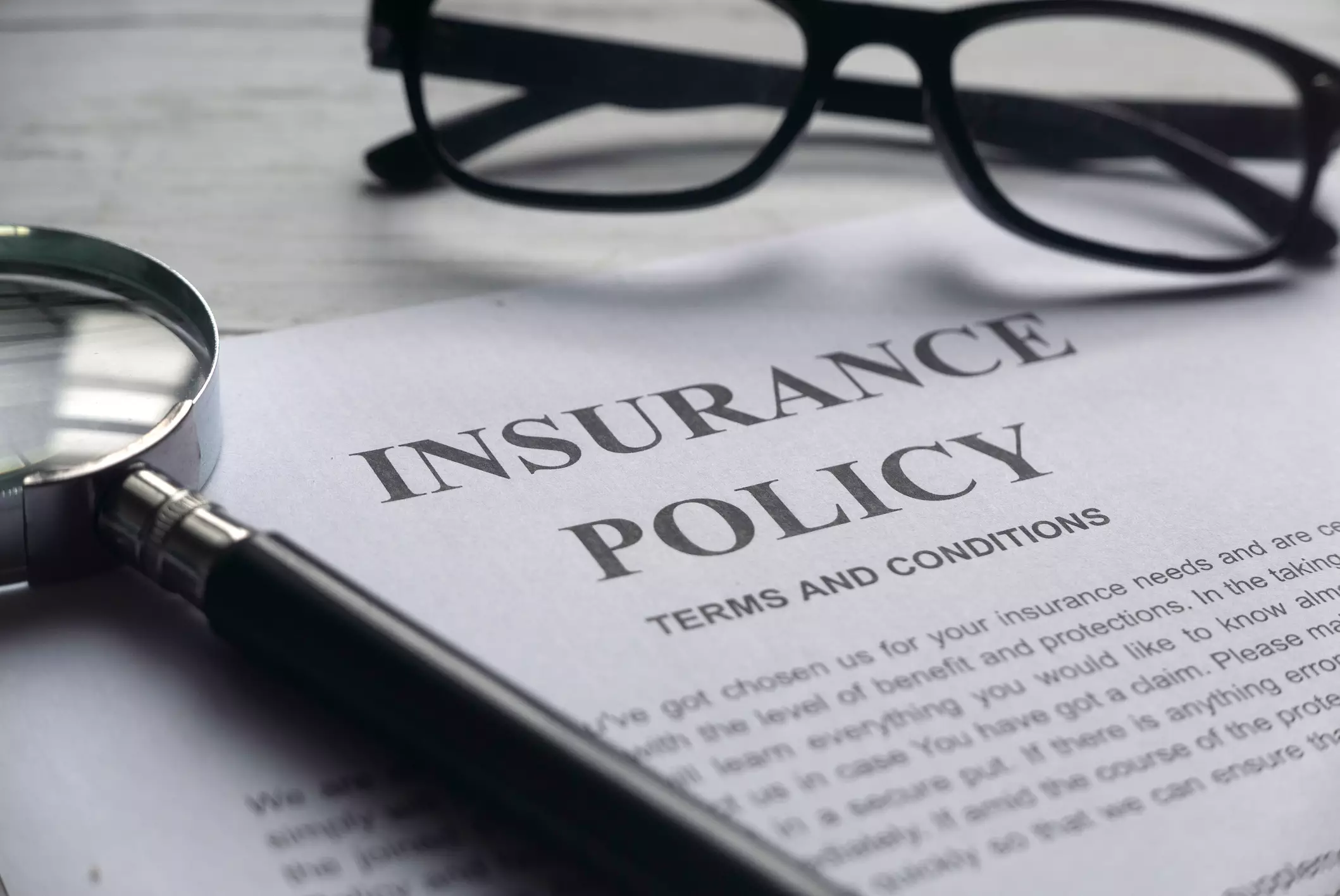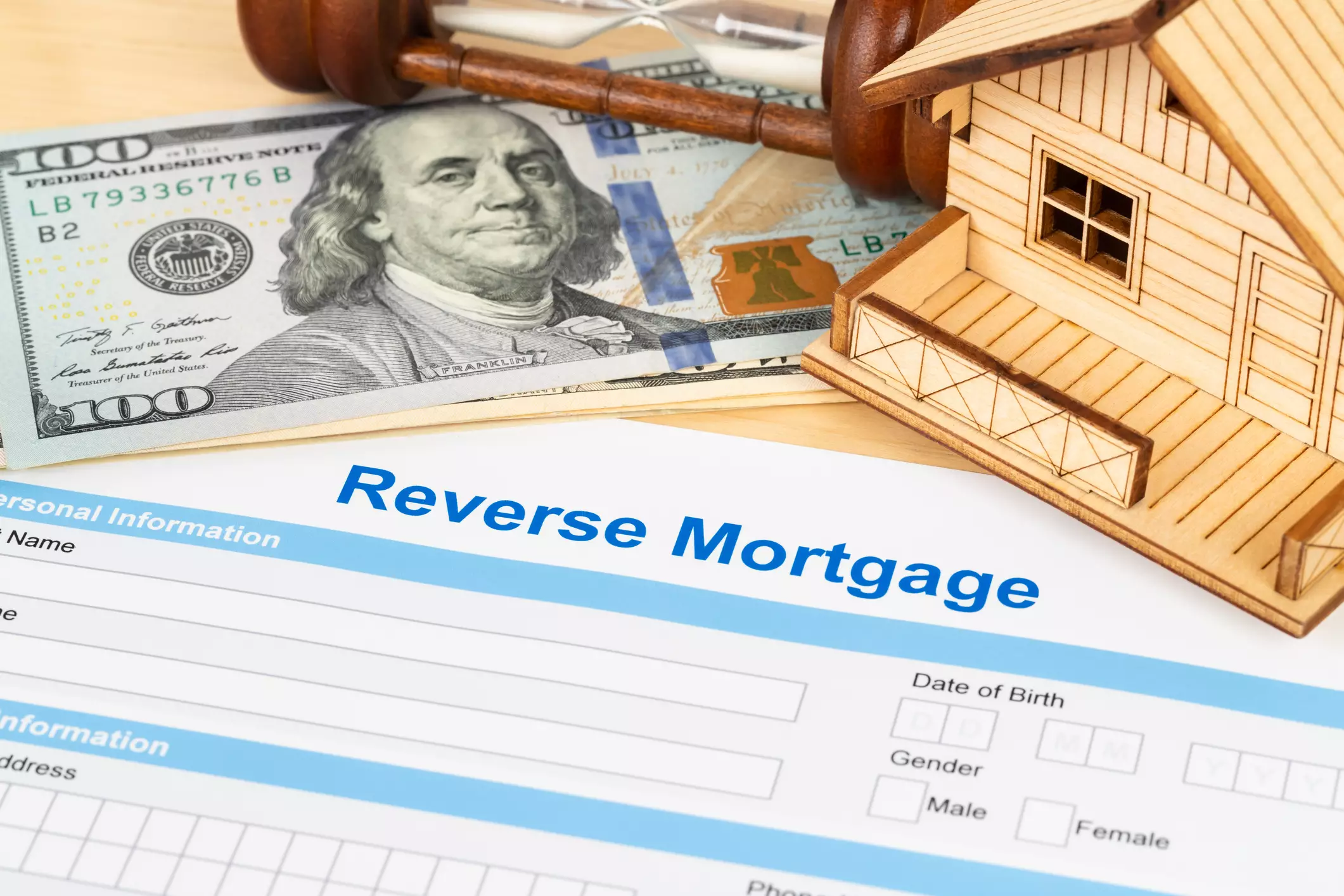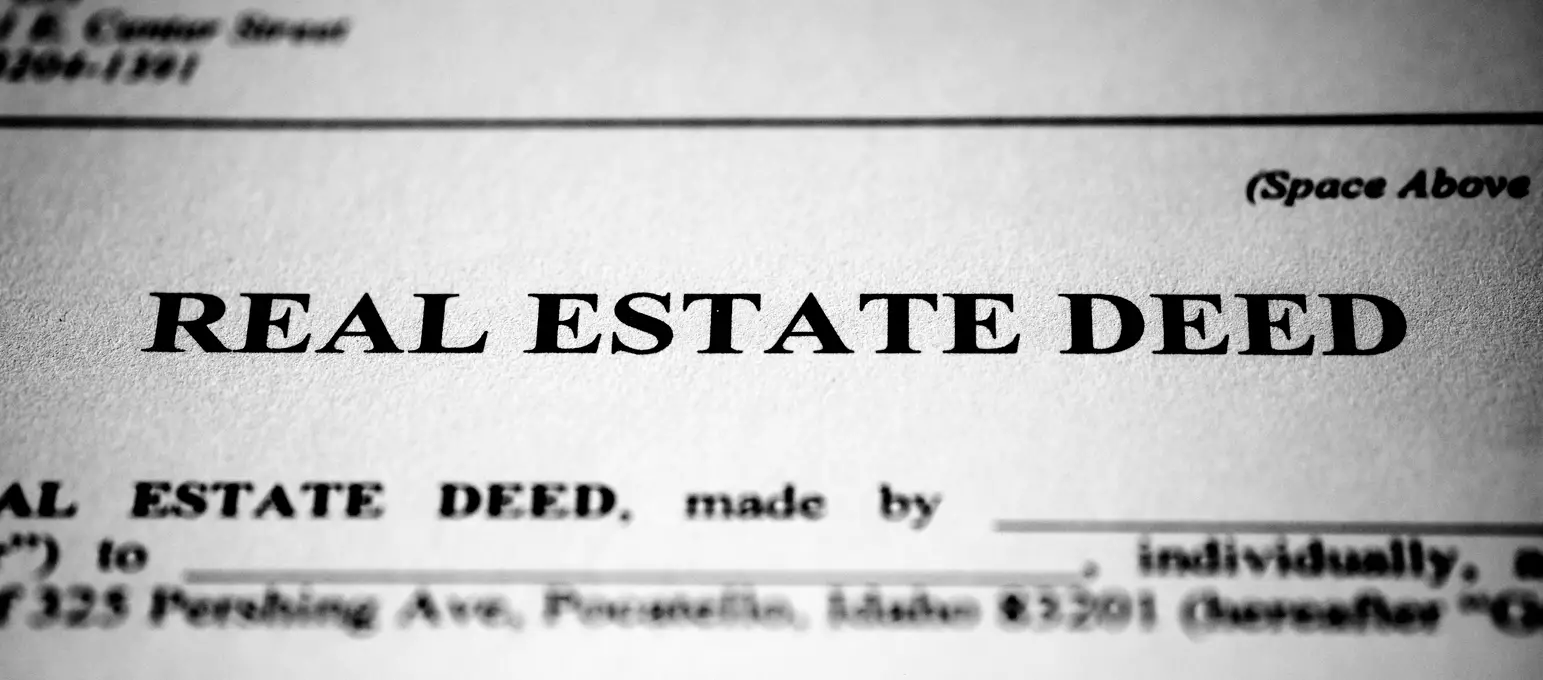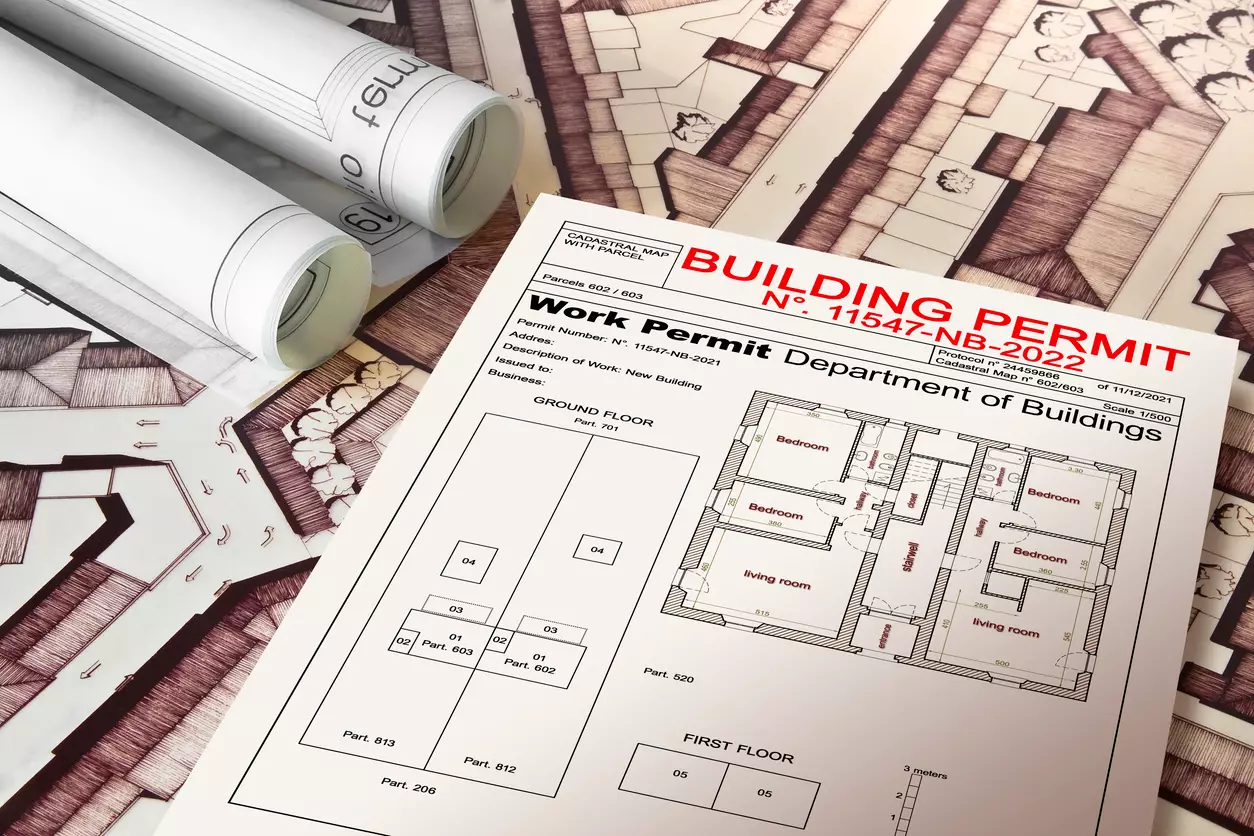What Are The Types Of Mortgage Loans?

Table of Contents
- What Are The Types Of Mortgage Loans?
- What is a Mortgage Loan?
- Main Types Of Mortgage Loans
- Conventional Mortgage
- Adjustable Rate Mortgage (ARM)
- FHA Loans (Federal Housing Administration)
- VA Loans (Veterans Affairs)
- USDA Loans (US Department of Agriculture)
- Jumbo Loans
- Choosing The Right Type of Mortgage
- Concentrate your mortgage efforts on the following terms
Buying a home or investing in real estate using a mortgage loan requires the borrower to understand terms and concepts that are multifaceted, often complex in nature, and usually completely foreign.
What is a Mortgage Loan?
A mortgage is a financial instrument used to purchase a home, plot of land, or other type of real estate using the property as collateral. The property being financed is provided to the lender as collateral to guarantee repayment of the loan.
Borrowers should understand their rights and responsibilities related to the mortgage loan, along with the risks and complications. It's also helpful to use a mortgage calculator to estimate monthly payments and better plan your budget.
The Consumer Financial Protection Bureau CFPB reports: "Consumers' Mortgage Shopping Experience" reveals that a significant portion of borrowers, especially first-time homebuyers, are unfamiliar with the mortgage process. A notable lack of knowledge exists, particularly regarding interest rates and available options, leading to fewer borrowers actively shopping around for better terms.”
Consumers should take note and fully understand the 30-year fixed mortgage loan the FHA created in the 50s and 60s. This loan is by far the most popular mortgage product every lender offers. A classic 30-year fixed loan has a consumer interest rate usually starting at 3 to 5 points above the prime rate. These loans feature the same interest rate and payment throughout the 360-month term.
Conventional mortgages have splintered into adjustable-rate, subprime, jumbo, FHA, VA, and more. Each of these mortgage types is structured to serve a specific home buyer or investor.
- ARM mortgages have interest rates and monthly payments that change over time. A typical ARM is a 5/1, offering fixed payments for five years, then adjusting for the remainder of the loan term.
- Government-backed loans, such as an FHA or VA loan, offer excellent rates on conventional loan types and ARMS.
- Jumbo mortgages exceed the maximum FHA conforming loan limits set at $806,500 for a single-family home. Any real estate price above the set limit is considered a jumbo.
Main Types Of Mortgage Loans
Depending on the availability of government and private money, rates and mortgage terms will always fluctuate. Within each of the following categories, adjustments are made to accommodate the borrower.
Conventional Mortgage
A conventional/fixed-rate mortgage is any loan product that is not backed by the government, such as VA, USDA, or FHA. Borrowers should have at least a 620 credit score and expect an LTV ratio (loan-to-value) of 80%, meaning the buyer needs 20% as a down payment. Some lenders will go higher on the LTV ratio; however, the government would require Private Mortgage Insurance (PMI), adding to the payment. For example, PMI is an additional $30 to $70 for every $100,000 borrowed. Take out a $300,000 loan, and the borrower would pay an additional $210 for PMI.
The borrower’s credit score determines the interest rate and remains the same throughout the term. Loan terms on a fixed-rate mortgage can be 40, 30, or 15 years, and any number in between. If borrowers continue to stretch out loan terms to purchase a home, they may be buying too much real estate.
Adjustable Rate Mortgage (ARM)
Adjustable-rate mortgages are loans where the interest rates change annually or every six months. Interest Rates are tied to a benchmark financial index, such as the Secured Overnight Financing Rate, plus a margin set by the lender to establish the payment. Collateral for the SOFR is US treasuries, making the index virtually risk-free. ARMs have the same credit scoring and LTV ratios as conventional mortgage loans. Interest rates remain fixed for a set number of years, such as 3, 5, 7, or 10 years.
Borrowers must understand the intricacies of an adjustable rate mortgage and make sure it is the right product for them.
- Borrowers who plan on holding the property for a short period.
- Consumers who feel their income and lifestyle are about to see a positive change.
- Buyers who intend to pay the mortgage off early.
Arms generally have interest and payment caps to limit the rise in rates and payouts. An adjustable-rate mortgage is not for every borrower. ARM introductory interest rates are certainly appealing; however, always read the fine print.
FHA Loans (Federal Housing Administration)
FHA loans are ideal for first-time home buyers, borrowers with little down payment, and buyers with low credit scores. The ever-popular 203(b) Federally Guaranteed Mortgage allows individuals to finance up to 96.5% of the home loan. Minimum FICO score for the 203(b) mortgage loan is 580, and the down payment is 3.5% of the asset's value. Lower scores require a 10% down payment.
The Federal Housing Authority offers a variety of loan products to fit the needs of millions of Americans, including a 30 or 15-year fixed rate, Jumbo loans to an FHA Reverse Mortgage, and Equity Lines of Credit. The FHA acts as an umbrella to participating lenders across the nation, and these lenders have their own qualifications, which are usually higher than the FHA requirements.
Marginal credit scores can be financed; however, all other ratios must be above average or better, such as a substantial downpayment, LTV ratios, and income requirements.
VA Loans (Veterans Affairs)
Loans from the Veterans Administration are much like the government-backed 30 and 15-year fixed FHA mortgage. A VA loan is backed by the Department of Veterans Affairs, making the product very popular among active duty service personnel, veterans, and a surviving spouse. The most significant characteristic of a VA loan is the option to purchase a home with no down payment. PMI (private mortgage insurance) is typically not required for a VA loan.
The Veterans Affairs Administration guarantees the loan; however, the mortgage is closed and serviced by a local lender.
USDA Loans (US Department of Agriculture)
One of the oldest mortgage products on record is the USDA loan, provided by the US Department of Agriculture’s Rural Housing Service. There are a couple of preconditions borrowers must meet before origination of the loan can begin.
- Borrower’s income cannot exceed 115% of the median household income of the state and county.
- Borrowers must personally occupy the home as their primary residence.
- Must be a US citizen, US non-citizen national, or qualified alien
Credit scores of 640 or higher are generally the minimum a local lender will accept; any credit score lower may be approved with manual underwriting and additional documentation. The USDA sets no minimum credit score, focusing instead on borrowers’ debt management, payment patterns, and any extenuating circumstances.
The USDA has a soft DTI (debt-to-income ratio) requirement of 41%, while some borrowers may qualify with up to a 44% debt-to-income ratio. USDA 100% mortgage loans are designed for low to moderate-income borrowers, offering the opportunity to purchase a safe and well-constructed home in rural America.
Jumbo Loans
As stated earlier, any loan that exceeds conforming loan limits set by the FHA is considered a Jumbo. The conforming loan limit is $806,500 for a single-family residence in most parts of the United States.
- Conforming loans adhere to the guidelines (credit score, DTI, and so on) set by the government-sponsored entities Fannie Mae and Freddie Mac.
- A non-conforming loan is outside these guidelines and may offer the borrower a more favorable loan.
Lenders see a jumbo mortgage loan as a way to make more money; however, these types of loans carry greater risk. Jumbo loans typically have stricter requirements, such as higher credit scores, more income to cover the loan, and a substantial down payment is always preferred. Borrowers who need to finance a greater amount for their home are often involved in complex financial settings.
When the dollar amount to finance is greater than $5 million, these loans are termed super jumbos. Lenders who cater to these types of borrowers can offer super jumbo loans exceeding $30 to $50 million. Interest-only loans have garnered a loyal lender following, offering borrowers a way to initially have smaller payments on their jumbo loans.
Interest-only mortgages allow the borrower to make payments on the loan's interest and none of the principal. There are pros and cons to these types of loan programs. After several years of making low-interest-only payments, borrowers must face a much larger payment due to interest plus principal.
Choosing The Right Type of Mortgage
When it is time to start making decisions on the type of mortgages that are best suited for your family and income, consider all the factors, not just the payment. Take an instant snapshot of the family's income and monthly expenses, down to the penny if need be.

When setting the budget, stick to the 28/36 rule of mortgages. Keep all mortgage costs at 28% or below of gross monthly income. Keep all debt payments to 36% or below: car payments, credit card debt, and the mortgage payment.
Read and retain every piece of mortgage advice, tips, and strategies that is humanly possible. Consider the following.
- The Mortgage Encyclopedia, everything there is to know about a mortgage.
- Understanding Modern Real Estate Transactions explains the myriad of issues that can arise with residential properties.
- Mortgages Made Easy: everything to know about the mortgage process.
Securing a solid mortgage deal prior to hitting the neighborhoods should be one of the first steps in the buying process. Knowing how much to spend and what the payments are going to be helped tremendously when negotiating for the home. Compare mortgage rates, loan terms, and allowances after interviewing at least three lenders.
Concentrate your mortgage efforts on the following terms
- Downpayment - VA and USDA offer no downpayment loans. Conventional mortgages require at least 5%, and 20% is typically required; in the mortgage lending biz. Cash is King.
- PMI – if the down payment is less than 20%, lenders require insurance if you don’t make the payments. Private Mortgage Insurance is an add-on expense.
- Loan-to-Value Ratio (LTV) – comparing the amount borrowed against the asset being purchased is a fundamental formula used to approve a mortgage. Lenders want the lowest LTV possible.
- Mortgage Points – also known as discount points, are upfront fees paid to the lender to reduce the interest rate. Mortgage points are a form of prepaid interest.
- Closing Costs – transaction costs are countless negotiable fees and loan expenses to deal with the legal transfer of real estate. Costs include title insurance, escrow fees, application and underwriting fees, and origination. Closing fees generally range from 2% to 6%.
Search Property & Deed Records
Table of Contents
- What Are The Types Of Mortgage Loans?
- What is a Mortgage Loan?
- Main Types Of Mortgage Loans
- Conventional Mortgage
- Adjustable Rate Mortgage (ARM)
- FHA Loans (Federal Housing Administration)
- VA Loans (Veterans Affairs)
- USDA Loans (US Department of Agriculture)
- Jumbo Loans
- Choosing The Right Type of Mortgage
- Concentrate your mortgage efforts on the following terms
Related Articles
Recent Articles
-
![]() Best Real Estate Markets to Invest in 2025 for Maximum Returns
Best Real Estate Markets to Invest in 2025 for Maximum Returns
-
![]() What Is Appraised Value and What Does a Property Appraiser Do?
What Is Appraised Value and What Does a Property Appraiser Do?
-
![]() What Is a Property Deed Transfer and How Does It Work
What Is a Property Deed Transfer and How Does It Work
-
![]() Everything You Need to Know About Building Permits in Florida
Everything You Need to Know About Building Permits in Florida
-
![]() Everything You Need to Know About Commercial Property Insurance
Everything You Need to Know About Commercial Property Insurance










